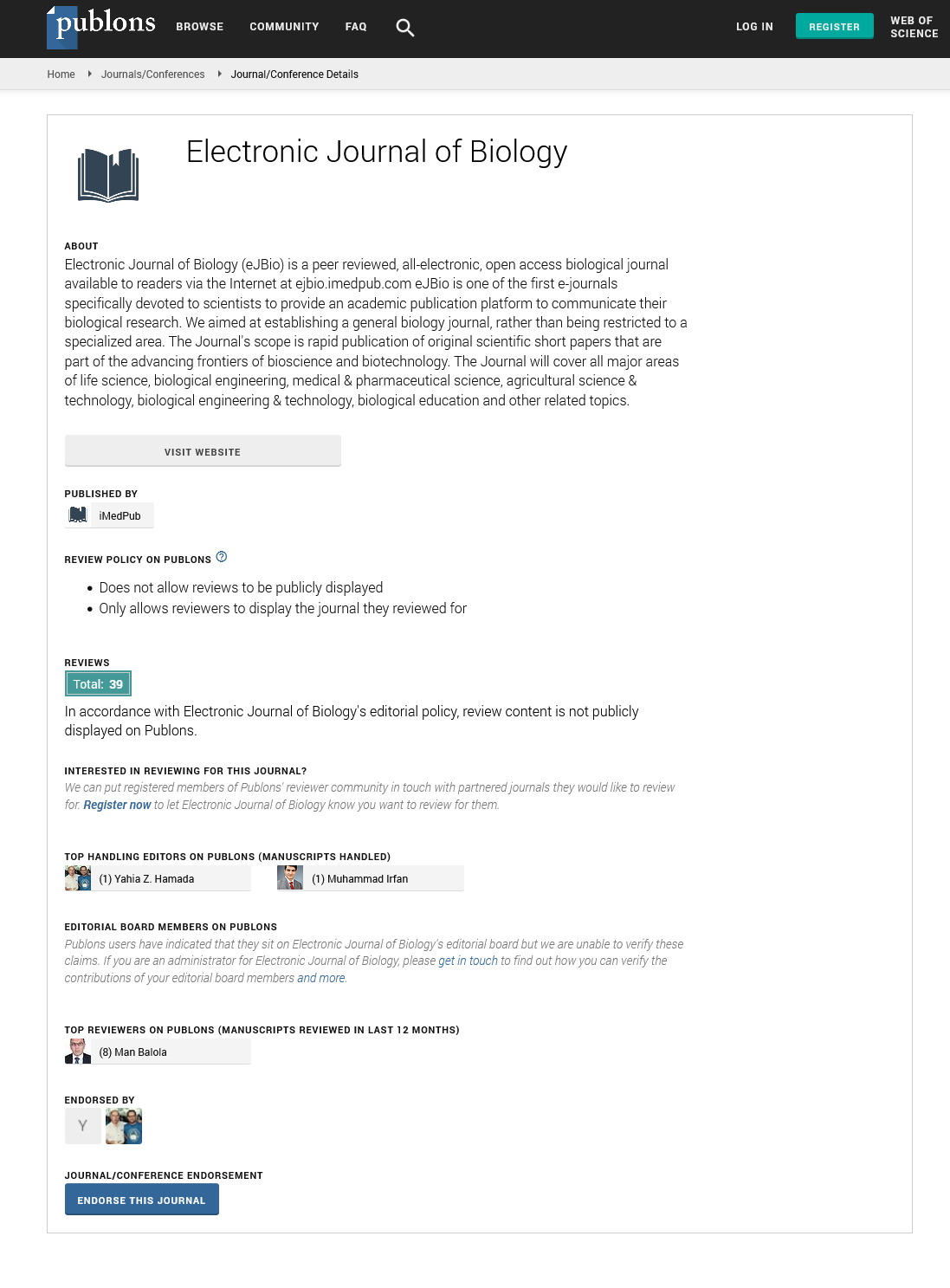Abstract
Ethnobotany Survey of the Wonegizi, Ziama Clan-Lofa County,Liberia
Background: Wonegizi landscape is one of the poorest areas in Liberia; lacks basic social services including road network, or inaccessible. The knowledge of indigenous medicine by these people has not being recorded separately, though some botanical research works have occurred. We conducted this research to record local knowledge on what plant resources are used daily for the wellbeing of Wonegizi people. The main objective is to draw attention to traditional practice of medication, providing a comprehensive list of indigenous medicinal plants of potential for the cure of diseases and wounds in Wonegizi, which will serve as the beginning of a systematic recording of medicinal plants in Ziama Clan separate from the previous works conducted in Liberia by western botanists.
Methods: The survey was conducted during May- June 2014 using photographic documentation of indigenous medicinal plants. The use of keyinformants, community consultations, transects and articles and books on West Africa flora were used.
Results: A total of 101 plants of medicinal potential were surveyed belonging to 48 families and 97 genera. Accessed plants are used for treatment of 11 categories of different diseases and disorder common in Wonegizi area. The majority recorded were cure to internal complications and others for external body parts. Trees were the primary source for treatments of diseases and ailments followed by herbs and liana/climbers.
Conclusion: The Wonegizi survey demonstrated significant role of unique traditional medicinal practitioners whose beliefs prohibited the collection of plant specimens during field work. They believe their ancestral spirits must be consulted on the exclusive collection of medicinal plant parts through sacrificing cattle. Hence, traditional medicine continues to be extremely important for the people of Wonegizi in meeting their basic health services.
Author(s):
Kpadehyea JT*, Fernando ES, Tinio CE, Buot IE
Abstract | Full-Text | PDF
Share this

Google scholar citation report
Citations : 5001
Electronic Journal of Biology received 5001 citations as per google scholar report
Electronic Journal of Biology peer review process verified at publons
Abstracted/Indexed in
- Google Scholar
- China National Knowledge Infrastructure (CNKI)
- CiteFactor
- Electronic Journals Library
- Zoological Records
- WorldCat
- Proquest Summons
- Publons
- MIAR
- Openaccessarticles.com
- Secret Search Engine Labs
Open Access Journals
- Aquaculture & Veterinary Science
- Chemistry & Chemical Sciences
- Clinical Sciences
- Engineering
- General Science
- Genetics & Molecular Biology
- Health Care & Nursing
- Immunology & Microbiology
- Materials Science
- Mathematics & Physics
- Medical Sciences
- Neurology & Psychiatry
- Oncology & Cancer Science
- Pharmaceutical Sciences


